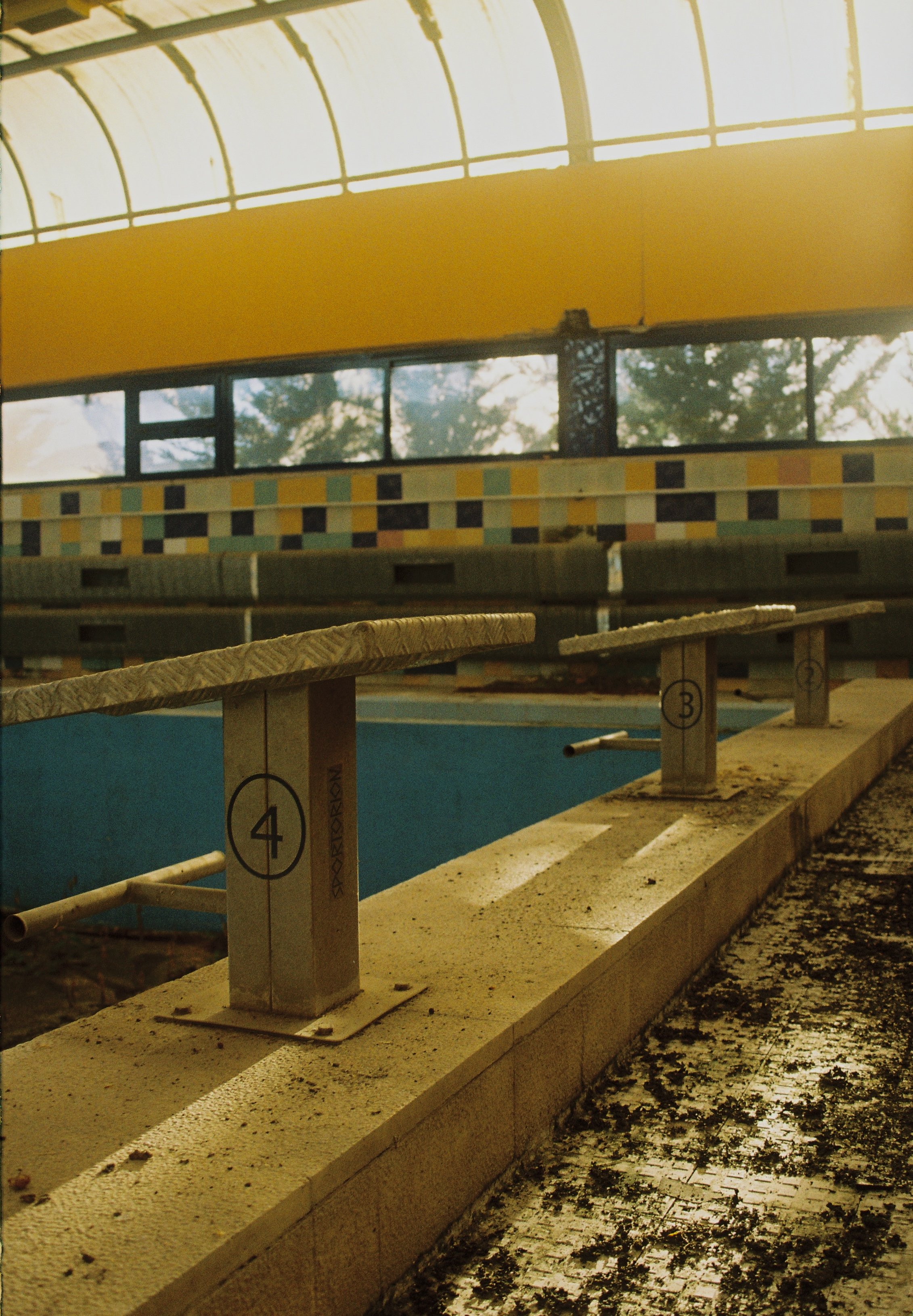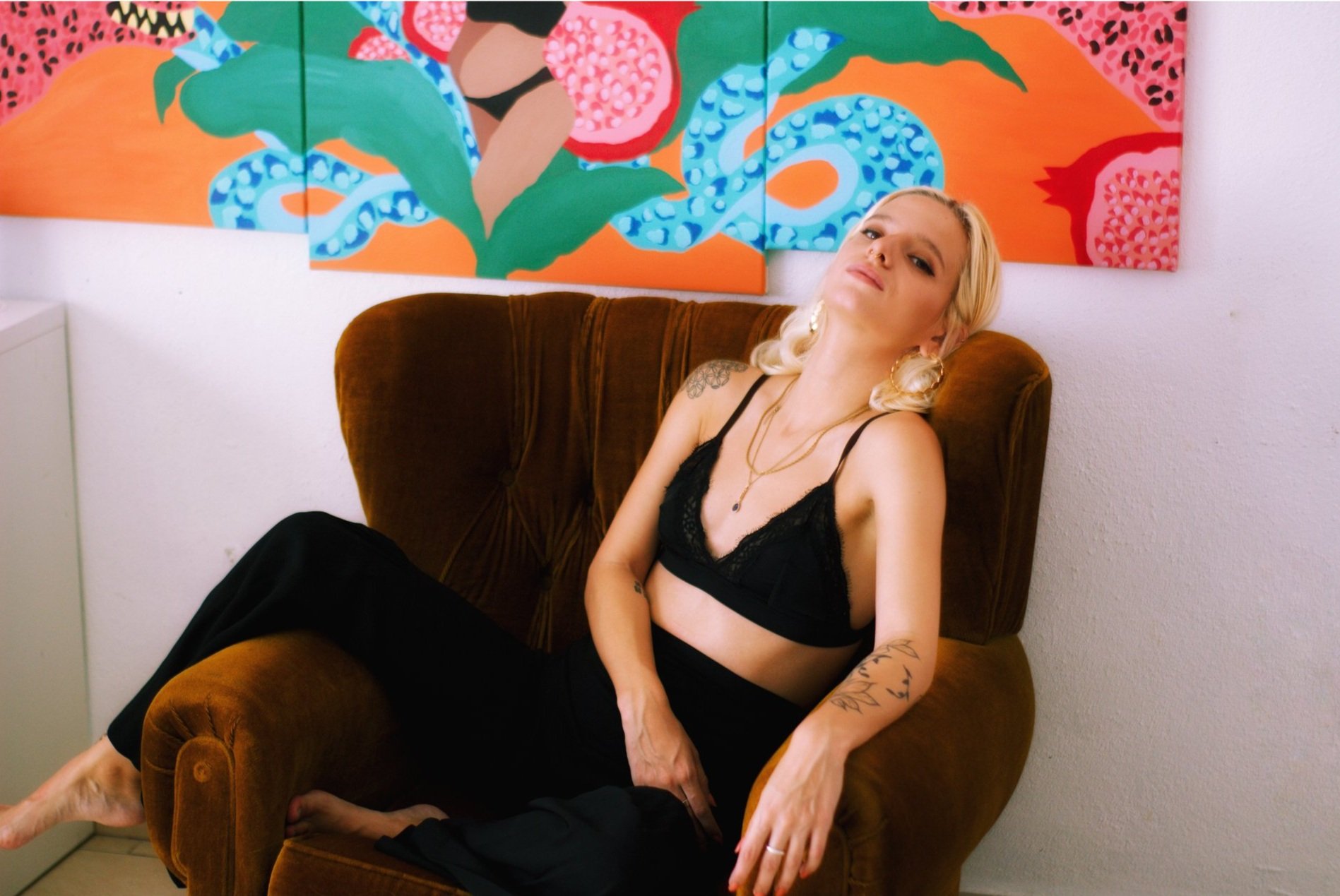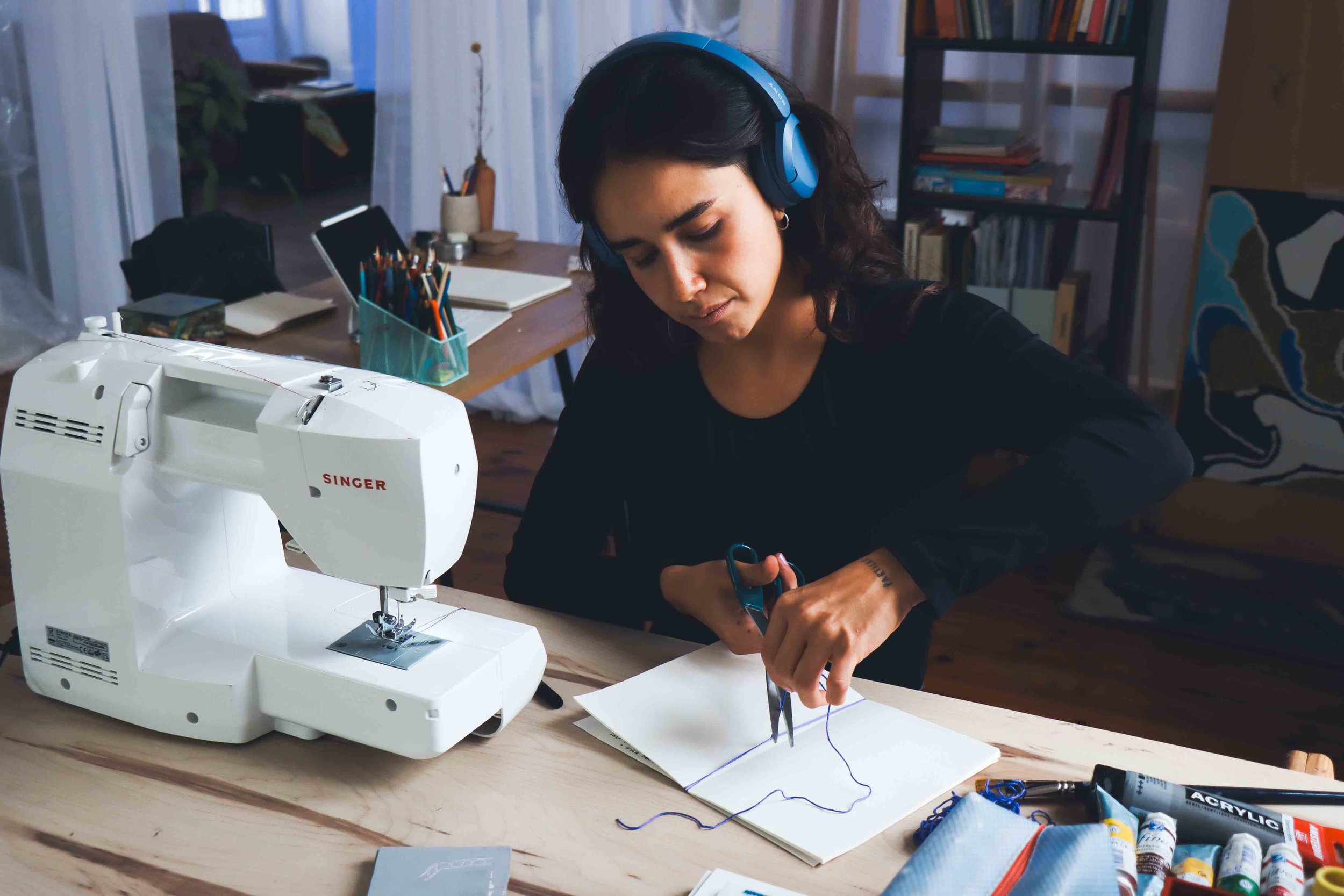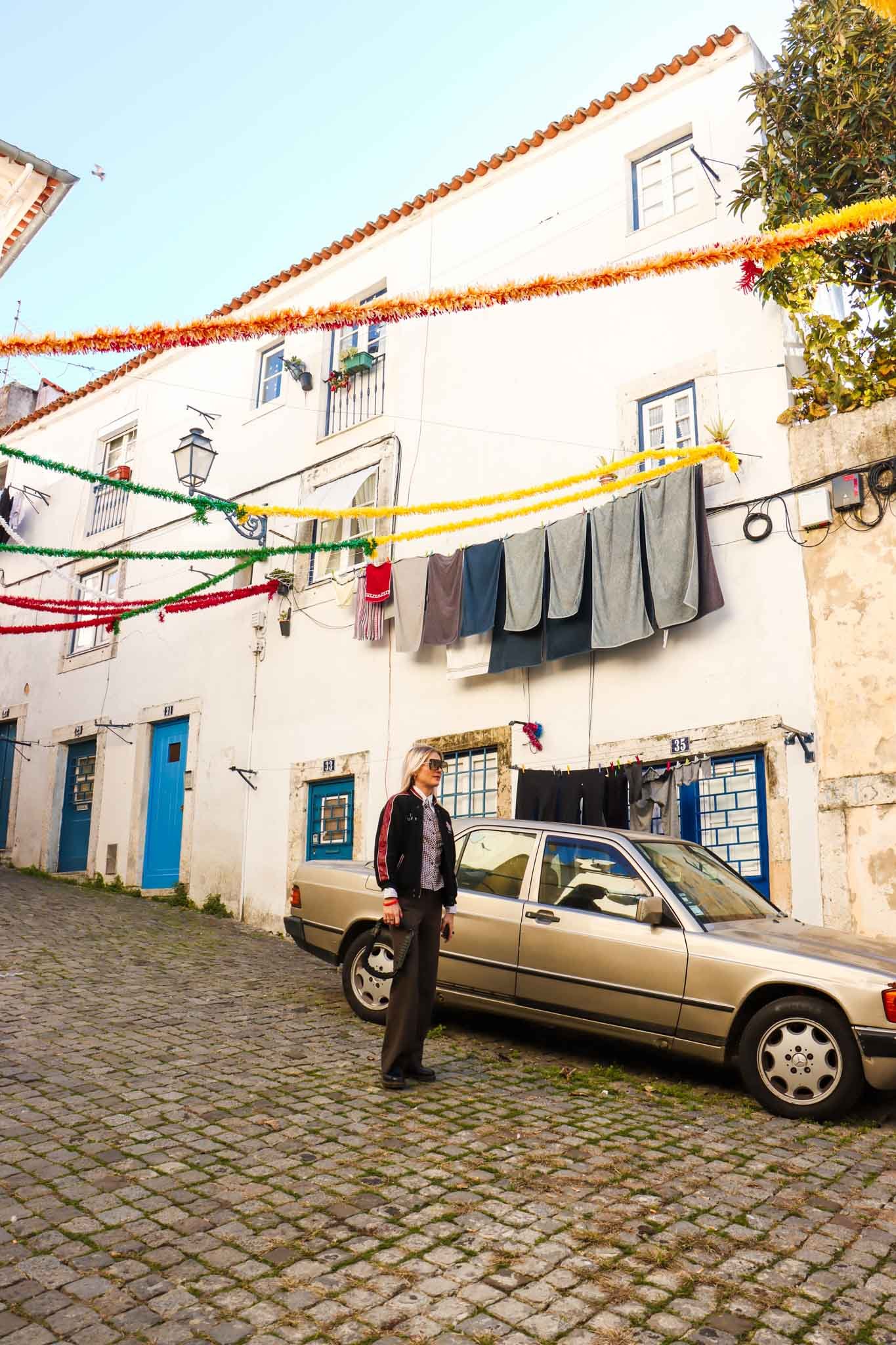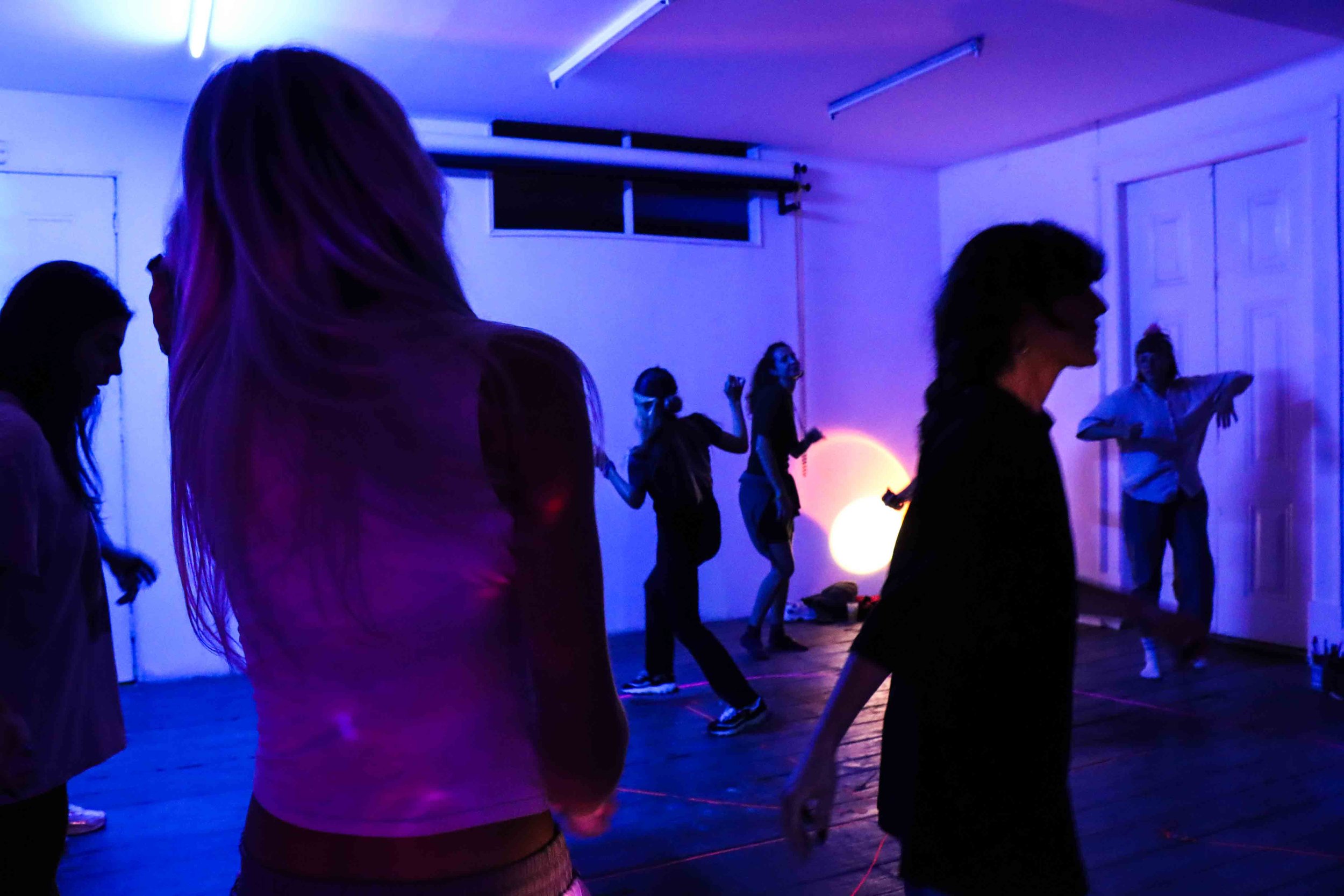PALÁCIO POVOLIDE: A SOCIAL HISTORY
The Palácio Povolide, home to our creative studio, is something of a living museum of social history.
An old ballroom, weathered by time, its fresco ceiling unfurling in ribbons of paint and plaster and a gothic chandelier lightly dusted, carries remnants of another world. The old gymnasium, floorboards scuffed by decades of clattering footfall and squeaking gym shoes, is halted in time - its basketball hoops stand tall, the wheels of exercise bikes long-stagnant. A statue of Luis de Camões, his figure preserved in stone, welcomes you at the marbled stairway entrance.
Camões' figure is a gateway to a historical rabbit hole. It was in the wake of his death that the renowned cultural and social institution was founded, finding a home at Povolide in 1895. At the Palácio’s roots was a commitment to change the fabric of Portuguese society, to democratise culture and education, and to promote mental and physical well-being. It was, in itself, a reckoning with the Portuguese class system. The space, in turn, transformed into one of collective knowledge and social mobility.
The association became a vibrant meeting space and melting pot of intellectuals, writers, educators, social activists, and political figures. Cultural figures such as Rafael Bordalo Pinheiro (artist and sculptor), Bernardino Machado (who later became President of Portugal), and Angelina Vidal (writer and women’s rights activist) were hosted here. Royals King Carlos and Queen Amélia visited in 1897. And the buildng’s influence extended far beyond the walls of the Palacio, holding great sway on cultural and social movements in the city. The organisation had a ‘great influence on the movements that were decisive for the establishment of the Republic in 1910.’
Over the years, the Palácio transformed into a vibrant hub of activity, alive with chess tournaments, dances, fencing, lectures, and language classes. These activities provided a dual focus on the health of the body and mind, a philosophy rooted in Ancient Greek thought.
Residing in this long line of social and cultural activism feels somewhat fateful. We are a thread, woven into a larger, historical tapestry of thinkers and creatives. We are part of a collective movement stretching back in time. This shared history is fuel to our cause, spiritually mobilising us as a cohesive community as we widen our radar of creativity.







